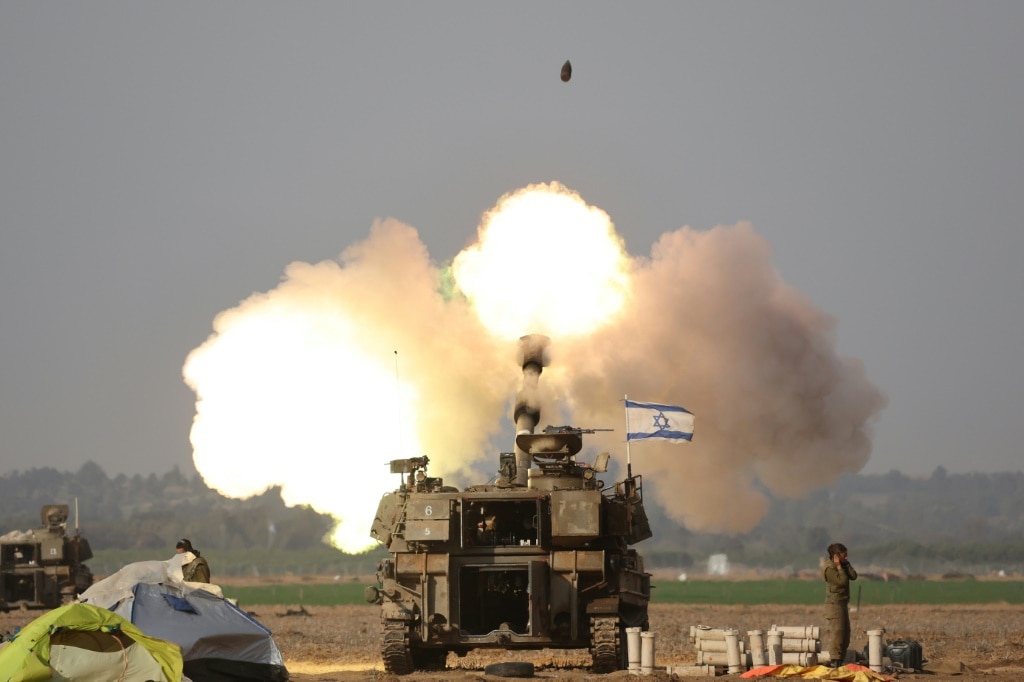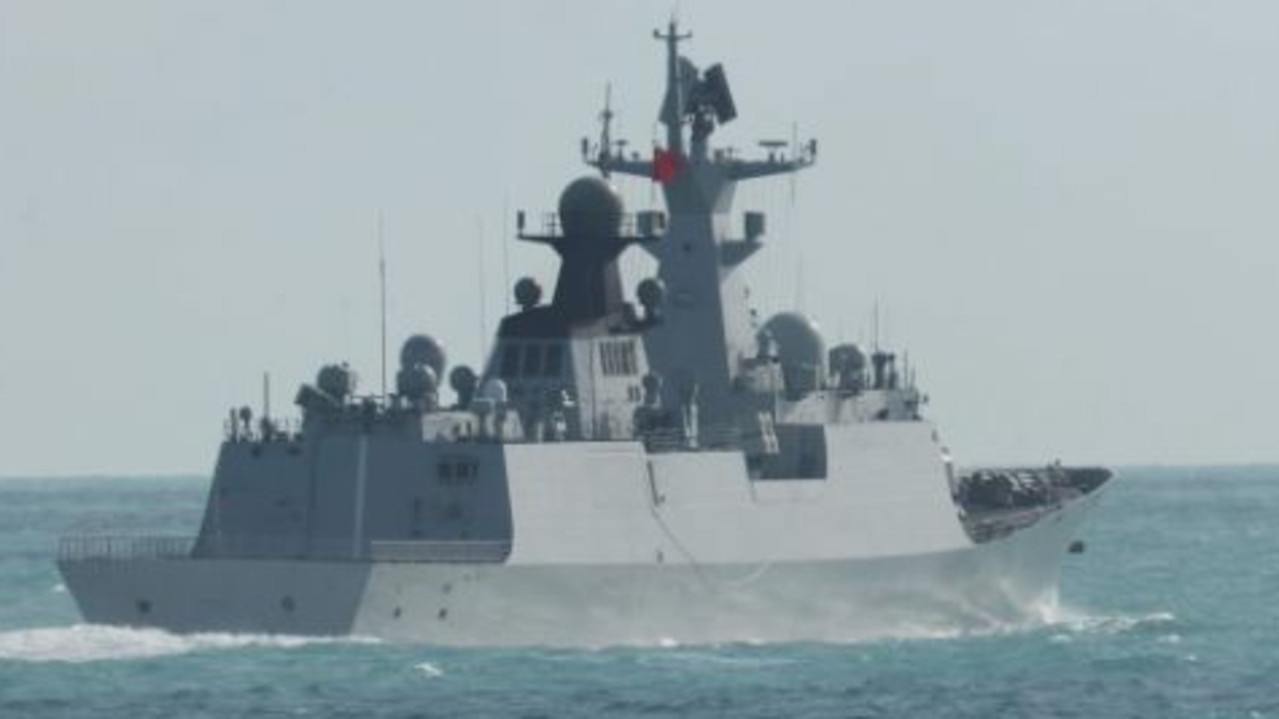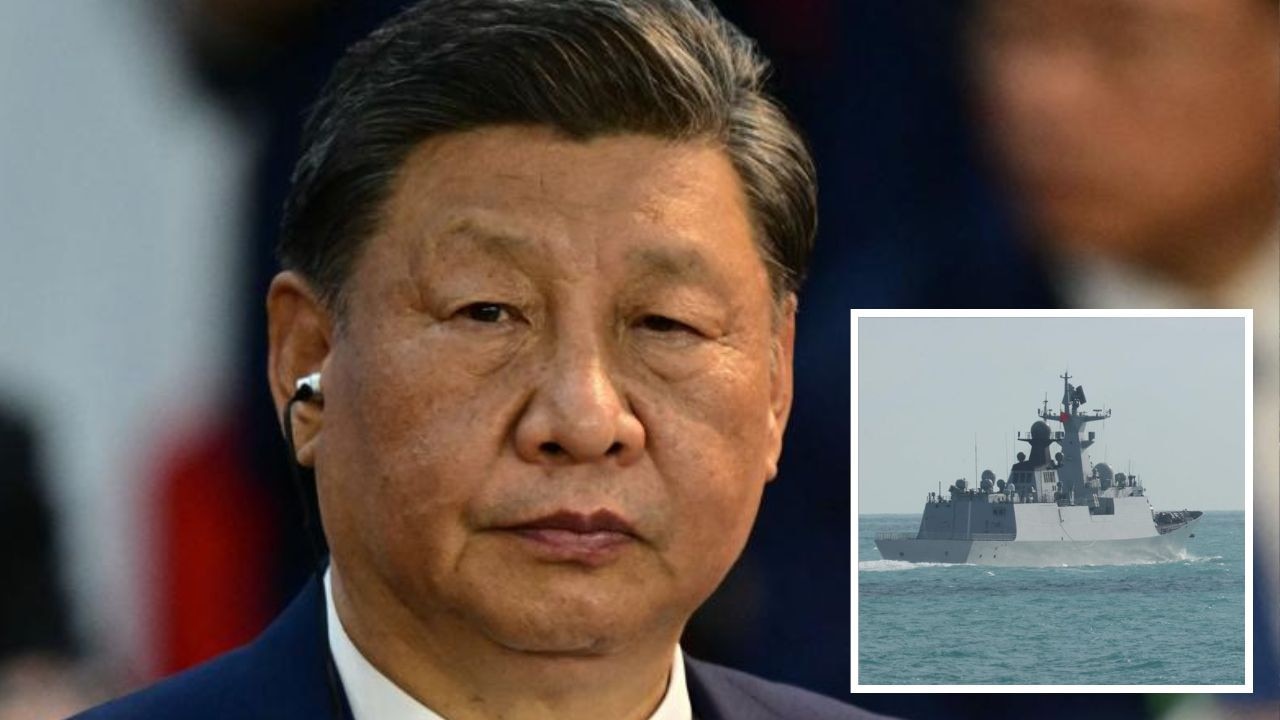Australia dragged into dangerous game in Middle East
As war rages in Gaza, another profound international fallout is taking place and Australia is being asked to step right into it.
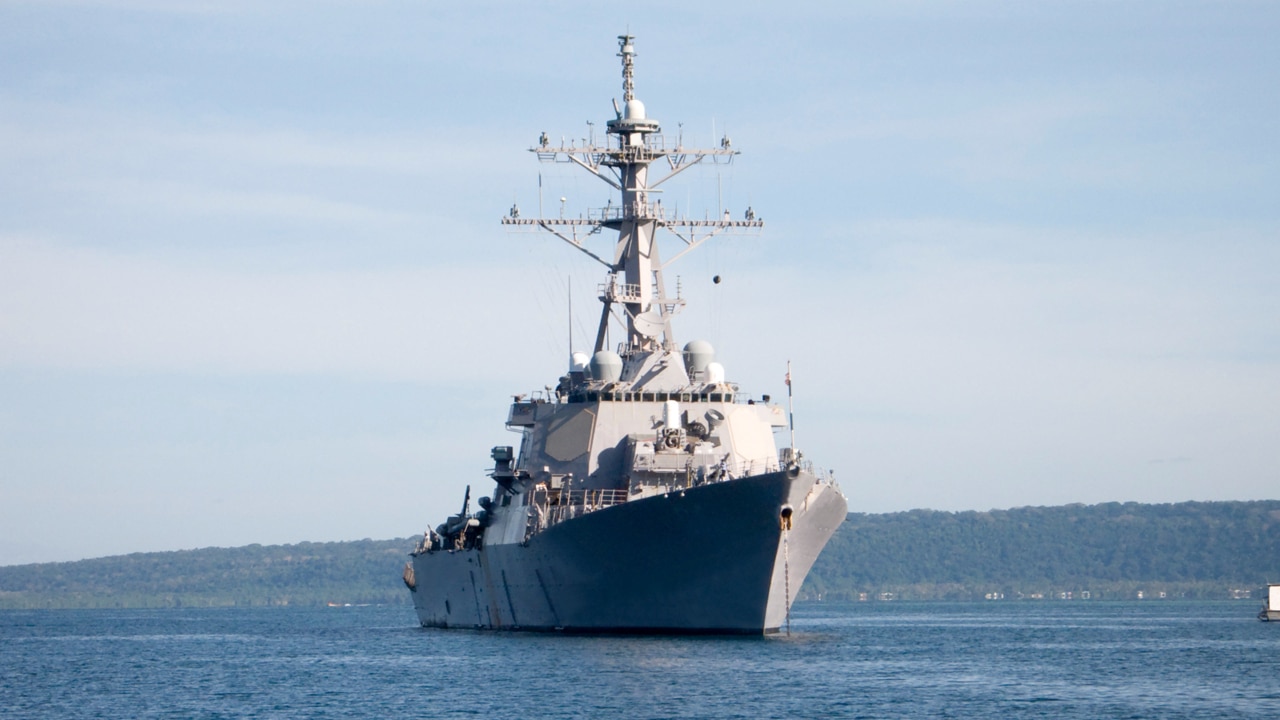
ANALYSIS
Thousands of bombs, rockets and artillery shells have been exploding across Gaza. A few hundred rockets have fallen on Israel. But a dozen or so missiles and drones fired at shipping containers in the Red Sea’s “Gate of Tears” is generating profound international fallout that threatens to entangle Australia.
An escalation in attacks on cargo vessels by Iran-backed rebels in Yemen has prompted the United States to ask Australia to send a warship to help secure what is the world’s third most crucial shipping “choke point”.
And that request came barely a day after the Albanese Labor Government broke ranks with Washington by adding its voice to those of New Zealand and Canada to express “alarm” at Israel’s relentless bombardment of Palestinian civilians.
But, unlike the largely contained fighting in Gaza, the Red Sea attacks are posing an immediate threat of an uncontrolled regional spillover.
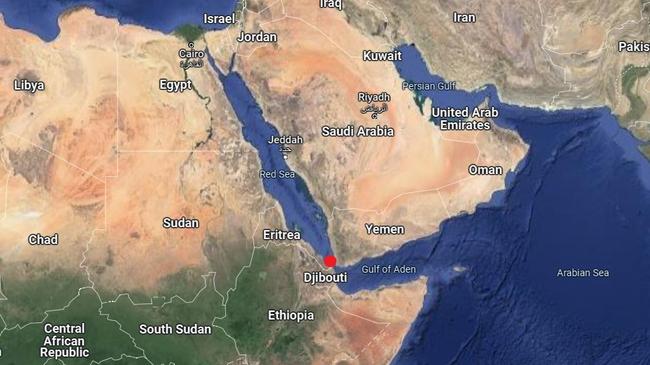
Israeli National Security Adviser Tzachi Hanegbi at the weekend urged the international community to confront the Ansar Allah (Houthi) jihadists.
“If the world does not take care of it, we will take action,” Hanegbi warned.
Houthi leader Abdul-Malek al-Houthi has stated the drone and missile attacks are aimed at shipping destined for Israeli ports. He’s previously threatened to unleash his arsenal of ballistic missiles if the US were to directly intervene in the Gaza conflict.
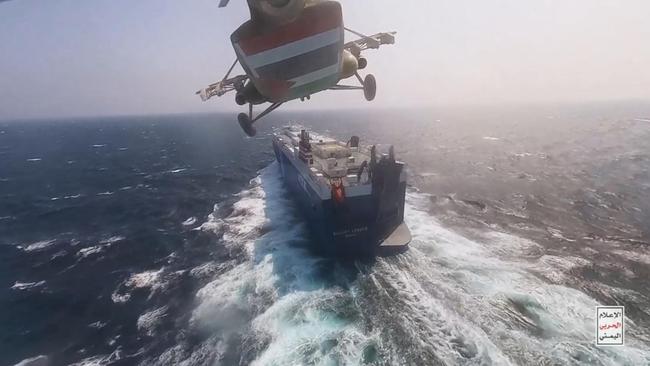
But, after the dramatic uptick in attacks over the past week, Washington is now moving to assemble a coalition of nations to defend the unarmed merchant travelling between the Mediterranean Sea and Indian Ocean via the Suez Canal.
The US, France, Israel and the United Kingdom already have warships in the area. But the US is believed to be seeking to establish a large international force capable of launching retaliatory strikes on Houthi launch positions in Yemen.
Coalition of the capable
Australia’s Assistant Defence Minister Matt Thistlethwaite told media Thursday that the Royal Australian Navy has been asked to assess and report back to the Albanese Government if it has a suitable warship available for deployment to the Middle East.
“We’ve certainly had a tradition of being involved in allied operations where we’re upholding international laws and trying to secure peace and stability, particularly related to ongoing commerce,” he said.
But Acting Prime Minister Richard Marles was less upbeat, indicating Australia’s strategic attention was elsewhere: “I want to emphasise the focus of our efforts is on our immediate region and the regional presence deployments that we have been engaged in over the last few months,” he said.
The RAN only has a limited number of large combatants with the endurance and weapons systems capable of meeting the threat. The best suited are the three Hobart-class guided missile frigates. The eight ANZAC-class helicopter frigates have limited antimissile capability.
But not all of these ships are available. Several are undergoing maintenance or reconstruction work. Others have recently completed long deployments.
On Wednesday, the Australian ANZAC-class frigate HMAS Toowoomba returned to Fleet Base West, near Perth, after a life-threatening confrontation with a Chinese destroyer while in international waters. The PLAN Ningbo last month approached the frigate which had been disabled by nets tangled in its propellers. The Chinese warship acknowledged warnings but activated its powerful sonar regardless – injuring the three divers in the water at the time.
‘Gate of Tears’ trade threat
US warships have been shooting down missiles and drones over the Red Sea for the past two months. In the past week, France has stepped in to help fill the gaps, intercepting several drone and cruise missile attacks.
While the warships have been able to shrug off attacks on themselves, their attempts to protect nearby shipping have proven less successful.
Several ships have been hit.
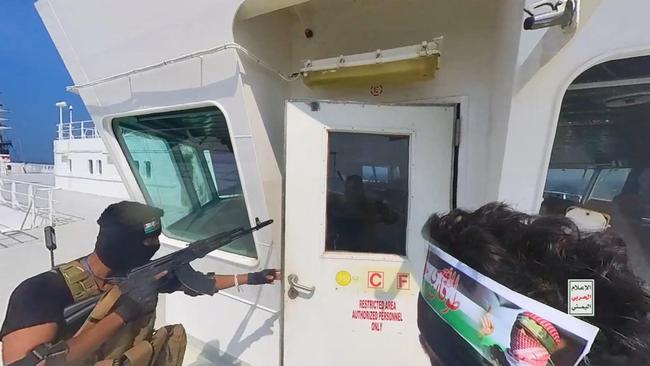
On Tuesday, a Norwegian-flagged commercial tanker was struck by a cruise missile as it passed through the Bab-el-Mandeb (Gate of Tears) Strait separating the Red Sea from the Gulf of Aden. The tanker Strinda reported damage and a fire but no injuries.
The narrow passage is only surpassed in its degree of shipping congestion by the Hormuz and Malacca Straits. Some six million gallon barrels of crude oil pass through it daily – along with immense amounts of trade goods, including to and from Australia.
Any cargo ship forced to avoid the “shortcut” to Europe represented by the Suez Canal must spend an extra nine days travelling around Africa. And that represents increased crew and fuel costs and extended cargo turnaround times that will be passed on to consumers.
But successful attacks within the Red Sea are also likely to result in soaring insurance costs – not to mention losses, repairs and compensation for crew.
“The Houthi strikes against commercial vessels in international waters underscore the fact that this is an international problem,” Pentagon Press Secretary Brigadier General Pat Ryder told reporters earlier this month.
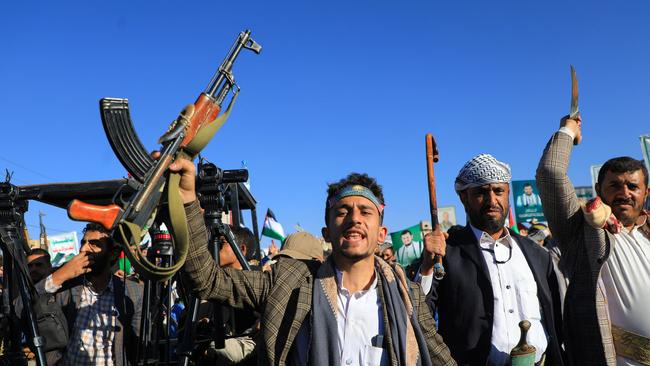
But the Houthi drone and missile attacks “appear to be largely symbolic, aimed at sending a political message,” argues Middle East Institute Yemeni security analyst Ibrahim Jalal.
“When they have targeted military and commercial ships with the intent of causing damage in the past, the Houthis have deployed remote-controlled explosive boats and naval mines, alongside missiles and drones,” he explained. “The Houthis seek to send a message to the United States that in the future they could target US or Israeli interests in the region, including those passing through the Red Sea and Bab el-Mandab Strait.”
Clear and present danger
The Houthis are “the ones with their finger on the trigger,” National Security Advisor Jake Sullivan said earlier this month. “But that gun — the weapons here are being supplied by Iran. And Iran, we believe, is the ultimate party responsible for this.”
The Iran-backed rebels have built an extensive arsenal of low-technology, but long-range, weapons. And they’ve achieved that through a mix of smuggled Iranian components and innovative domestic manufacturing.
The Toufan long-range ballistic missile (based on an Iranian design) is believed to be able to cover the 2000km needed to reach Israel. Its Burkan ballistic missiles have ranges of up to 1200km.
Quds cruise missiles can fly 800km out to sea with seeker heads capable of identifying ships. Quds-2 models can reportedly reach 1350km.
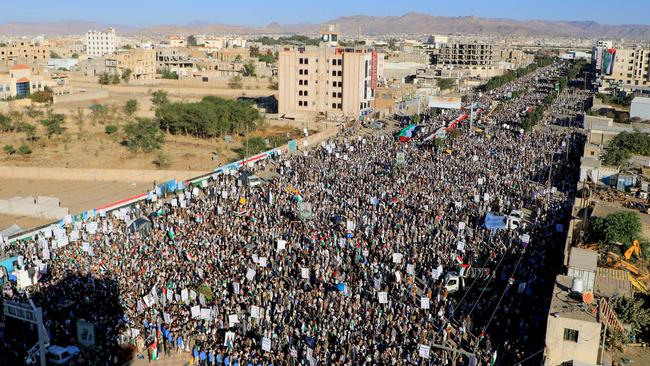
Samad drones (based on Iranian Shahed designs) can fly between 1200km and 2000km, depending on their configuration. Wa’id drones have a reported range of 2500km.
Several long-range missiles and drones have been fired at Israel.
US warships have intervened. And, in one instance, an Israeli Arrow-3 interceptor reportedly destroyed a Houthi ballistic missile in space. Others have been intercepted near Israel’s Red Sea port of Eilat by combat jets, including the F-35 Stealth Fighter.
Escalation implications
“The actions that we’ve seen from these Houthi forces are destabilising, they’re dangerous, and clearly a flagrant violation of international law,” says Brigadier General Ryder.
At approximately 0700, Dec. 15 (Sanaa time), Houthi forces contacted the Motor Vessel MSC ALANYA, a Liberian flagged vessel that was traveling north in the southern part of the Red Sea and threatened to attack it. The Houthis directed the vessel to turn around and proceed south.… pic.twitter.com/DOA2MLqJie
— U.S. Central Command (@CENTCOM) December 15, 2023
But Washington hopes an existing naval partnership will provide the core for an expanded naval presence.
Combined Maritime Forces Task Force (CTF) 153 was established in 2022 to secure the Red Sea, the Bab al-Mandeb Strait, and the Gulf of Aden.
This followed almost a decade of co-operation between US, Saudi, French, British and Australian navies seeking to interdict Iran-supplied arms shipments.
While the Houthis are part of Iran’s “Axis of Resistance”, it has a history of acting independently.
“The missile and drone strike, coupled with other co-ordinated attacks in Syria and Iraq, highlights how Iran has strategically outsourced the risk of direct confrontation via the Axis of Resistance and diffused responsibility, a move that increases its leverage in direct and back-channel negotiations as well as its regional influence,” says Jalal.
But the Houthi rebels have the capacity to dramatically inflame the Middle East themselves.
Houthi leadership member Mohammed al-Bukhaiti earlier this month warned Saudi Arabia and the United Arab Emirates they would become targets if they joined any US-led coalition.
He said Houthi missiles and drones would be used against their oil rigs and processing facilities – all of which are well within effective range.
In 2019, drones struck oil processing facilities in eastern Saudi Arabia. Both Iran and the Houthi movement were blamed for the attack, which cut global oil production by up to five per cent for several weeks.
Jamie Seidel is a freelance writer | @JamieSeidel
Originally published as Australia dragged into dangerous game in Middle East


